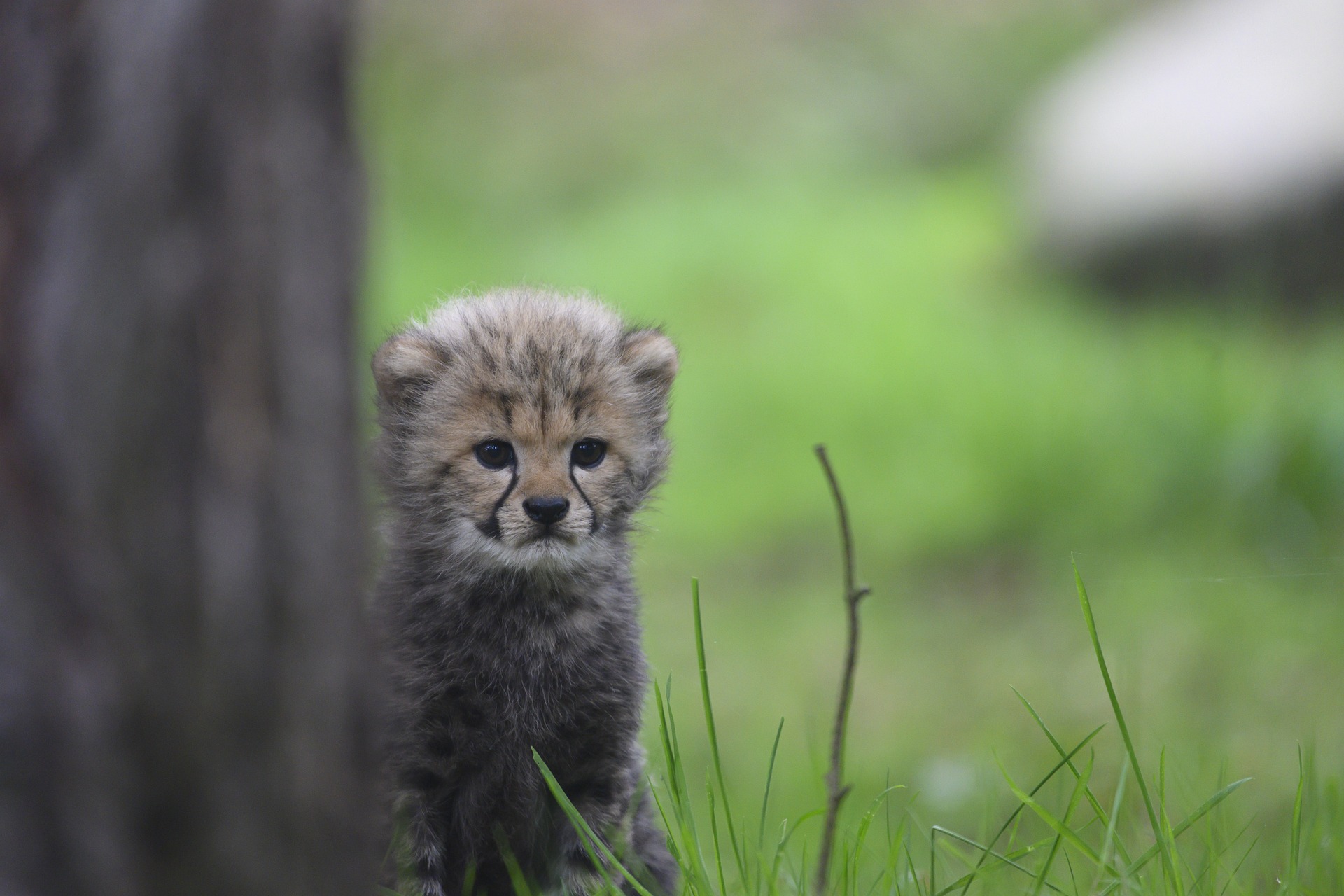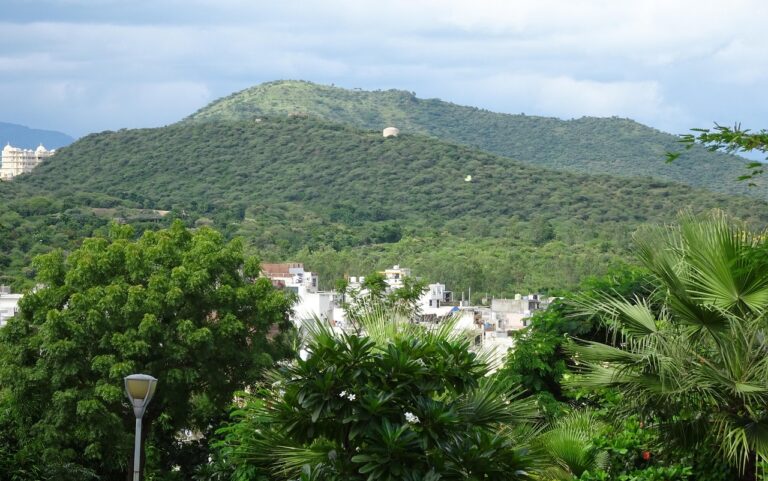
New Delhi: Four cubs were born to the recently translocated Cheetahs from Africa to India and they are healthy and doing well, the Ministry of Environment, Forest and Climate Change, stated here today. The Ministry informed that post the mandatory quarantine period, the first batch of cheetahs translocated from Africa were released into the larger enclosure in a phased manner after the Department of Animal Husbandry and Dairying’s No Objection Certificate to this effect.
In the historic first wild-to-wild intercontinental translocation, eight cheetahs were transported from Namibia to India on September 17, 2022, and were released into the quarantine bomas by the Prime Minister of India. Thereafter, 12 cheetahs (7 males, 5 females) were translocated from South Africa to Gwalior and onwards to Kuno National Park through Indian Air Force helicopters India on February 18, 2023.
“All Cheetahs are doing well and hunting the wild prey,” the Ministry stated, adding that the four Cheetahs translocated from Namibia were also free ranging in the wild and were being monitored round the clock.
Earlier a five-year-old female cheetah brought from Namibia reportedly died of a kidney-related ailment on March 27, 2023. “Overall 19 adults are doing well,” the Ministry stated.
The last cheetahs in the Indian wilderness were recorded in 1947 when three cheetahs were shot in the Sal (Shorea robusta) forests of Koriya District, Chhattisgarh State. The main reasons for the decline of cheetahs in India were large-scale capture of animals from the wild for coursing, bounty and sport hunting, extensive habitat conversion, and consequent reduction in prey base. In 1952 Cheetahs were declared extinct in India.
To popularize and sensitize the general public about Project Cheetah, a competition was organized on the Government of India platform mygov.in from September 26 to October 31, 2022. In response, a total of 11,565 entries were received suggesting new names for reintroduced cheetahs. The entries were scrutinized by a selection committee and based on the significance and relevance of the suggested names for their conservation and cultural value the Ministry today announced the following new names for cheetahs for Namibian and South African cheetahs. Union Minister Bhupender Yadav shared the new names of the cheetahs and the winners in a tweet today.

The Ministry said the goal of the Cheetah Introduction project in India is to establish viable cheetah metapopulation in the country that allows the cheetah to perform its functional role as a top predator and provide space for the expansion of the cheetah within its historic range thereby contributing to its global conservation efforts.
The major objectives of the introduction project are:
1) To establish breeding cheetah populations in safe habitats across its historical range and manage them as a metapopulation,
2) To use the cheetah as a charismatic flagship and umbrella species to garner resources for restoring open forest and savanna systems that will benefit biodiversity and ecosystem services from these ecosystems,
3) To use the ensuing opportunity for eco-development and eco-tourism to enhance local community livelihoods and
4) To manage any conflict by cheetahs or other wildlife with local communities within cheetah conservation areas expediently through compensation, awareness, and management action.
As per the Action Plan for Cheetah Introduction in India, annually 10-12 cheetahs are required to be imported from African countries for the next 5 years at least.
– global bihari bureau





